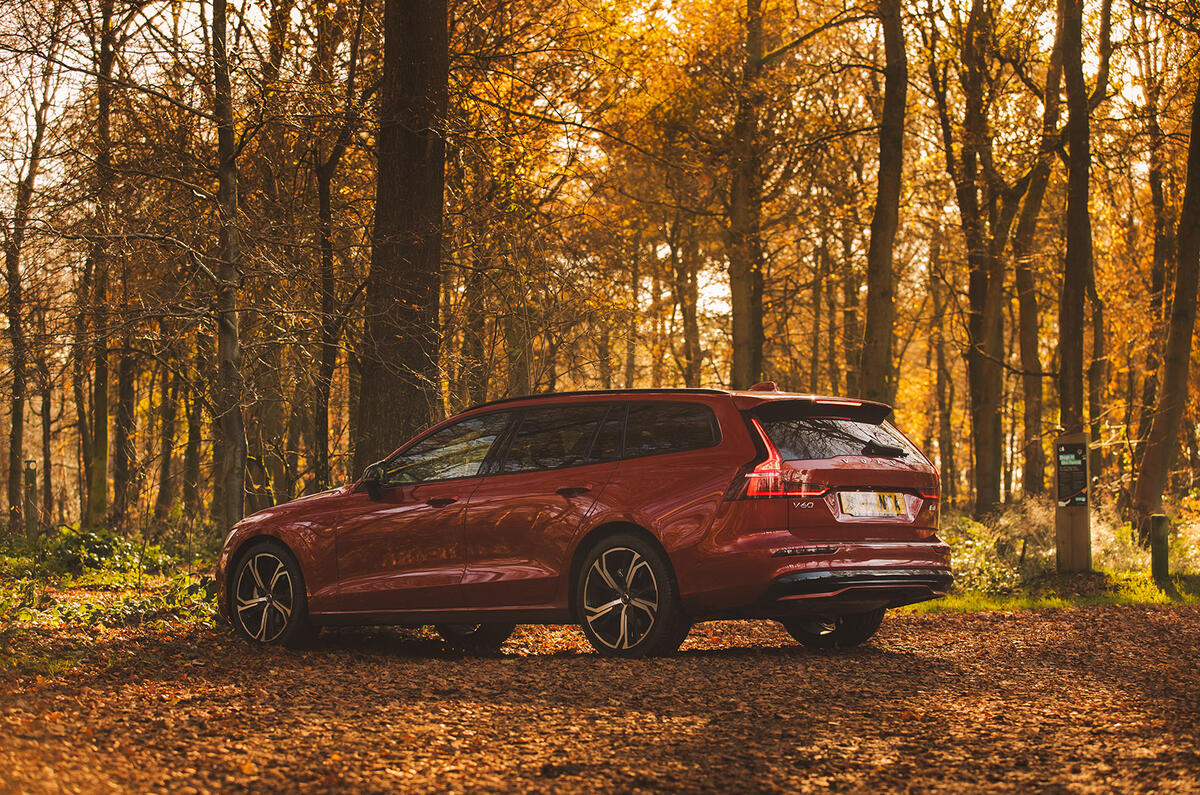Like Subbuteo, the church, salad cream or Jaguar, the Volvo estate seems like one of those things that just ought to be around even if you’re not actually going to use it. There will always be Volvo estates, won’t there?
There have been for more than 70 years. In fact, people have been making Volvo estates since before even Volvo could be bothered. Volvo introduced a car called the PV445 in 1949, when you could buy just a chassis and the bare mechanicals, onto which coachbuilders started to put estate bodies.
Shortly after that, Volvo decided it would be a good idea to do the same itself, which it did with the Duett, of 1953. It was more like a van with windows than a car, really, but the idea of the boxy, practical Swedish family wagon was born and has been with us ever since.
With us in the UK, that is, until last year, because we’ve been buying so many SUVs here. Volvo originally thought its foray into SUVs would be a niche thing, but it has found itself almost by accident becoming an SUV company.
Traditional estates had become so slow-selling here that the manufacturer decided it wasn’t worth its trouble bringing them in. So they were canned.
You could still get Volvo estates elsewhere, of course, but SUV-mania has taken hold in the UK even more than it has in other countries. Globally in 2023 47% of all new cars sold were SUVs, although this includes cars such as the Tesla Model Y, the world’s bestselling SUV, which isn’t much of an SUV at all: it's an MPV in need of a new name.
Whatever, and also bearing in mind that in the UK the Toyota Yaris Cross is considered an SUV by the people who do the calculations, here in the UK we buy even more of them: 60% of cars sold in Britain last year were SUVs, up from 57% in 2022 and from 50% in 2021.
The same caveats apply about many of these just being taller hatchbacks: the Ford Puma or Nissan Juke, for example, are counted.
Is that fair? Probably. These ‘SUVs’ aren’t all Toyota Land Cruisers, but there’s no denying that a Puma is taller and heavier and has a bigger frontal area than the Fiesta it has basically replaced, and in my eyes it is the worse for it.











Join the debate
Add your comment
Bring back diesel next, Volvo!
Welcome back indeed. How to impress your neighbours (if you're into that sort of thing), buy a sleek Volvo estate rather than one of their lumpy SUVs.
I did a word search for the word 'crossover' thinking surely Matt being a motoring journalist would be familiar with the adjective. May be he isn't?